In 1989, the Soviet Union government offered the United States a unique opportunity to view Soviet life through an exhibit of contemporary Soviet posters in a show organized by members of the American Institute of Graphic Arts (AIGA) San Diego chapter and supported by a grant from the National Endowment of the Arts.
The 75 posters were displayed at the La Jolla Museum of Contemporary Art, depicting political themes, social issues and the arts in the period during Perestroika and Glasnost. After the fall of the Soviet Union, the posters moved to other U.S. locations as part of an AIGA-sponsored traveling exhibit before being eventually bought by a private collector named Ron Miriello.
Twenty-six years later, many of those posters have made their way into City Gallery with an overly successful opening reception held on March 13.
“Honestly, at 6:00, you couldn’t even move through the gallery,” City graphic design professor Candice Lopez explained. “We’re just shocked at the turnout. Hundreds and hundreds of people have been coming.”
The Soviet poster art exhibit, titled Dialogues, was created and organized by City’s faculty and students of the graphic design, history, art and dance programs altogether.
“All of our programs came together to collaborate and to embellish the theme and to make a presentation and we were able to integrate and include wonderful dancers,” drama Professor June Richards said.
The dancers mentioned by Richards were City dance students Dante Finch and Brianna Bellamy. They performed a remake of the traditional Russian Waltz choreographed by Finch and directed by Alicia Rincon.
“About a year ago, I began to talk with (Miriello) about getting the loan of the posters,” Lopez explained. “And then I decided that we wanted to do it. So I kind of reached out to a lot of the other faculty who are friends and said ‘Let’s collaborate and do an event.’”
Behind the dancers and all across the City Gallery space were historical Soviet posters loaned by Miriello, featured alongside new works created by contemporary artists, designers and illustrators alike, including Shepard Fairey’s famous “Vote!” poster from 2008.
“It’s interesting because, as you know, the Soviet Union is in the news a lot,” Lopez, explained. “But it’s not so favorable right now. And we thought that it was the perfect opportunity to kind of ‘dialogue’ about a lot of what’s going on.”
Like their historical counterparts, according to the show’s program statement, the contemporary works feature political, social and art themes while also including visual or conceptual reference to Soviet culture.
“They’re dealing with subjects like what’s going on in Ukraine. So it’s like a dialogue back and forth with history, with the past, and with contemporary times,” said Lopez.
“You know what’s great is that so many people that aren’t City College people came to the event; a lot of artists and designers,” Lopez said. “Because I think the subject matter is interesting to a lot of people.”
The show will be up for a month, so Lopez hopes “that any students that didn’t get to see it can come, and classes too.”
Additional gratitude went out to the American Institute of Graphic Arts San Diego chapter for their ongoing support of City College’s graphic design program, celebrating the 20th anniversary of AIGA San Diego and their mission to advance design as a professional craft, strategic advantage and vital cultural force.
The exhibition is also dedicated to Professor Donald Young, with all proceeds going to the Donald Young Graphic Design Resource Room Fund.

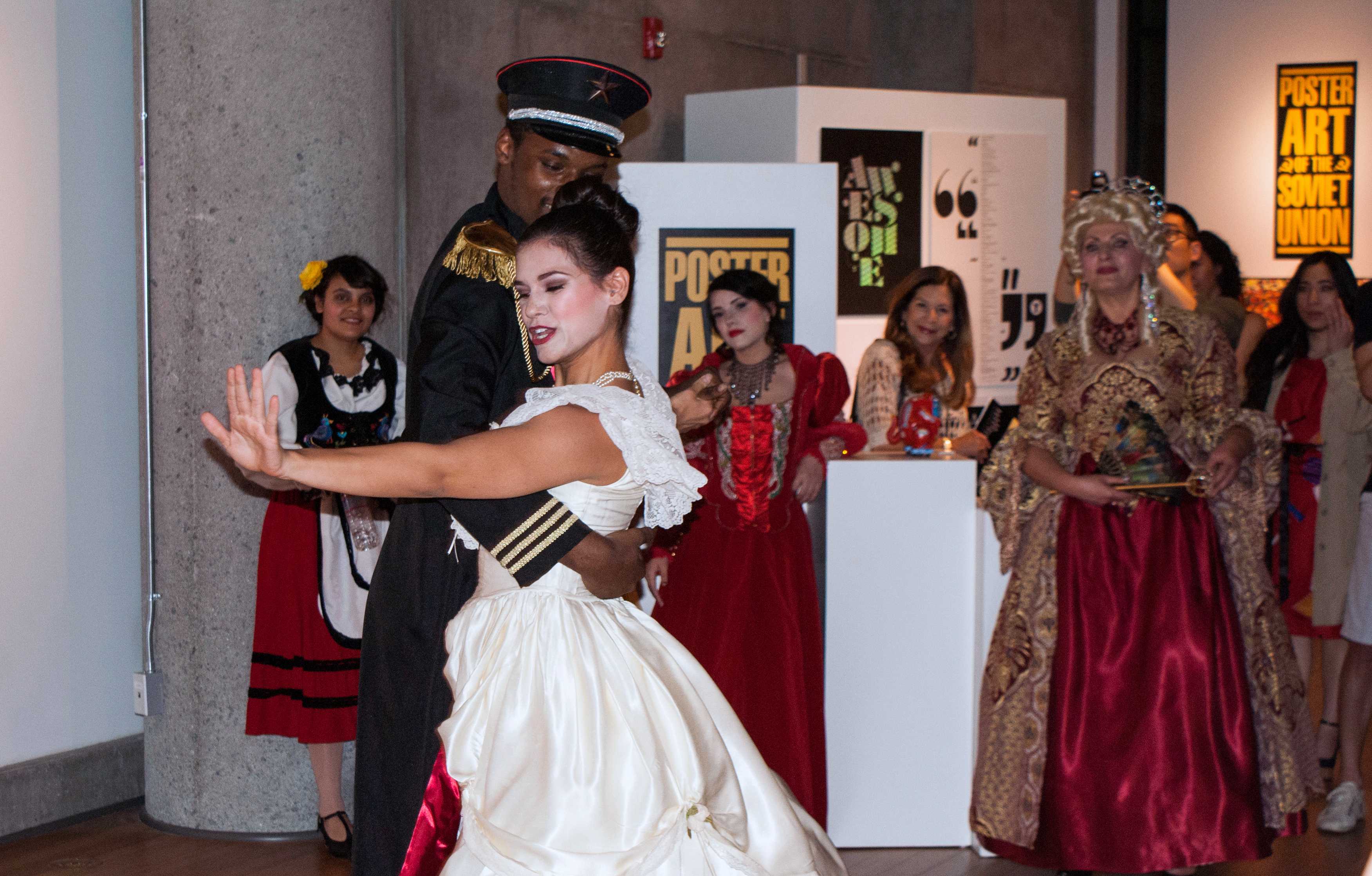
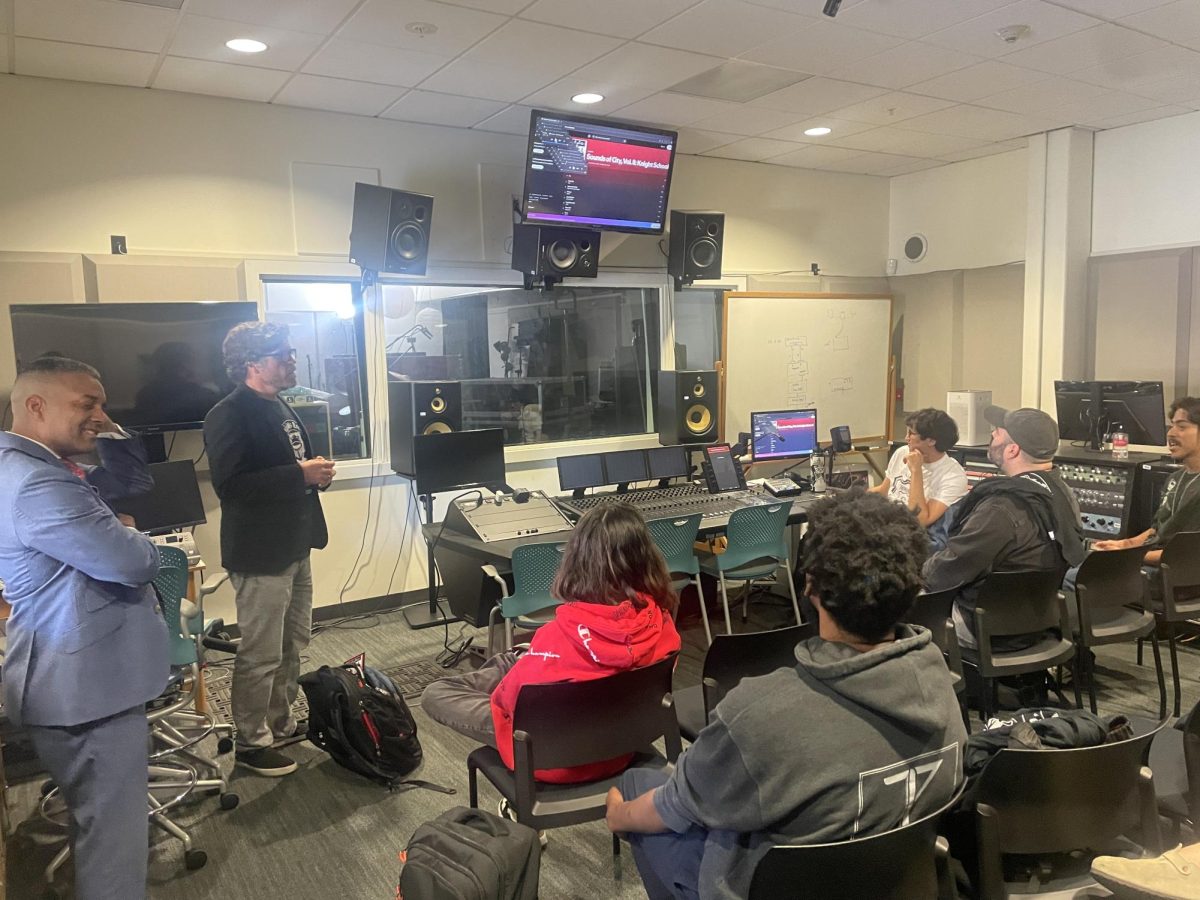

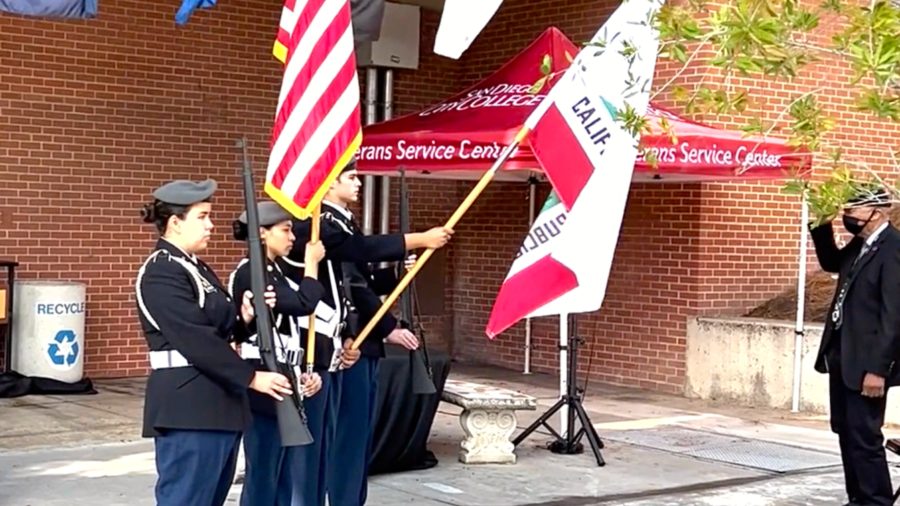

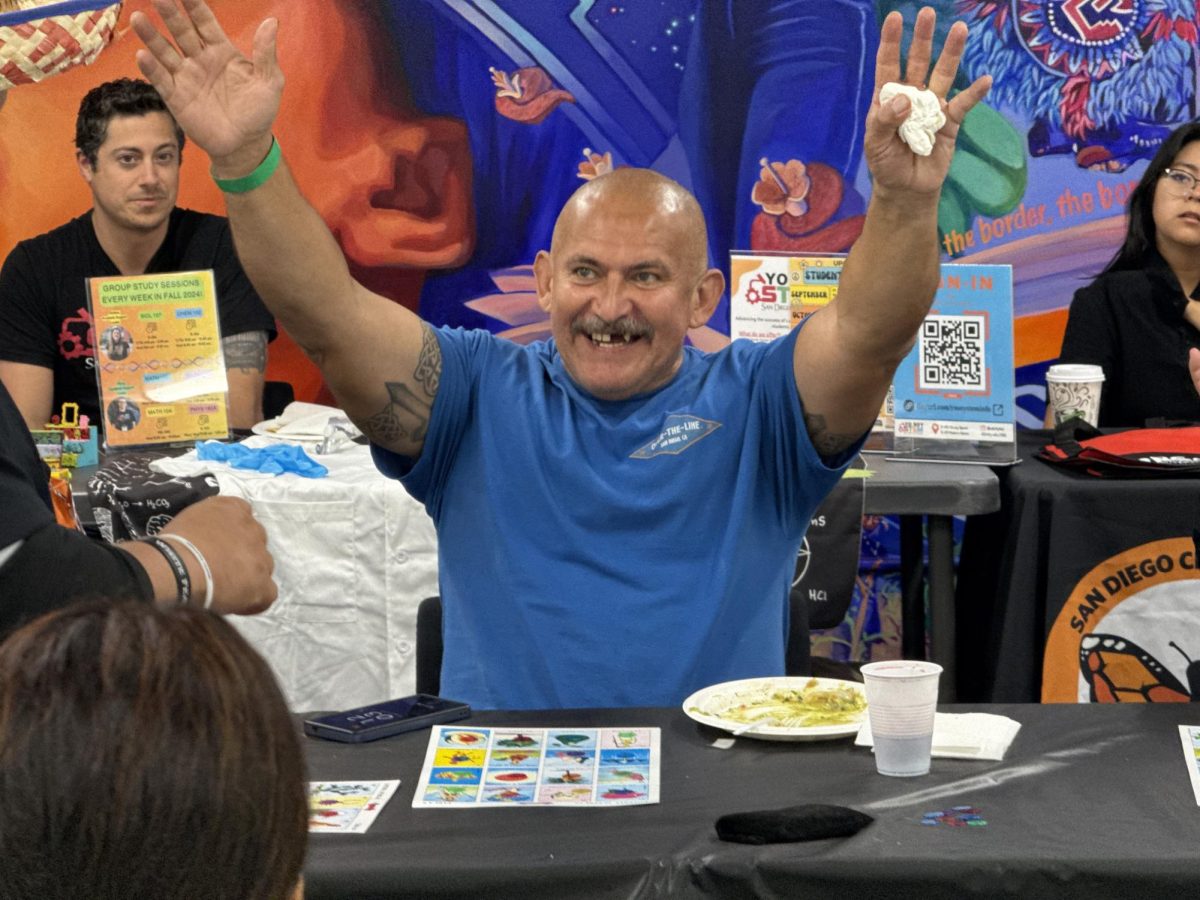
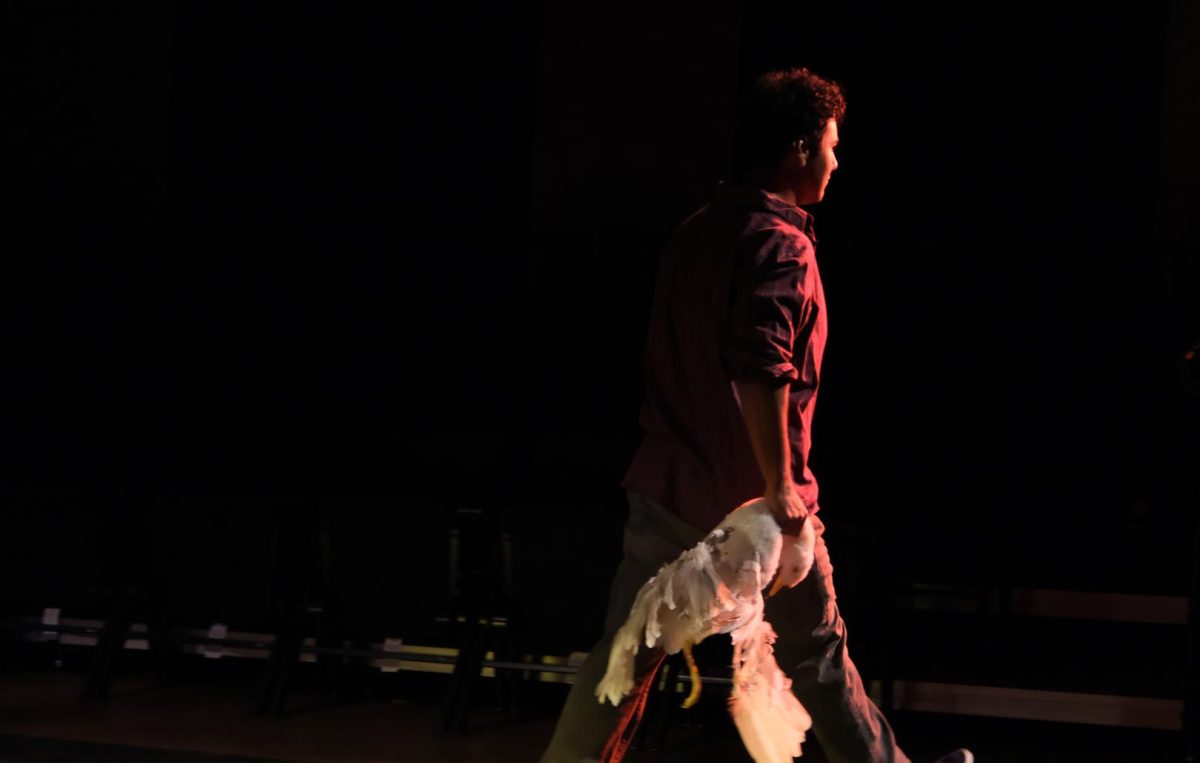
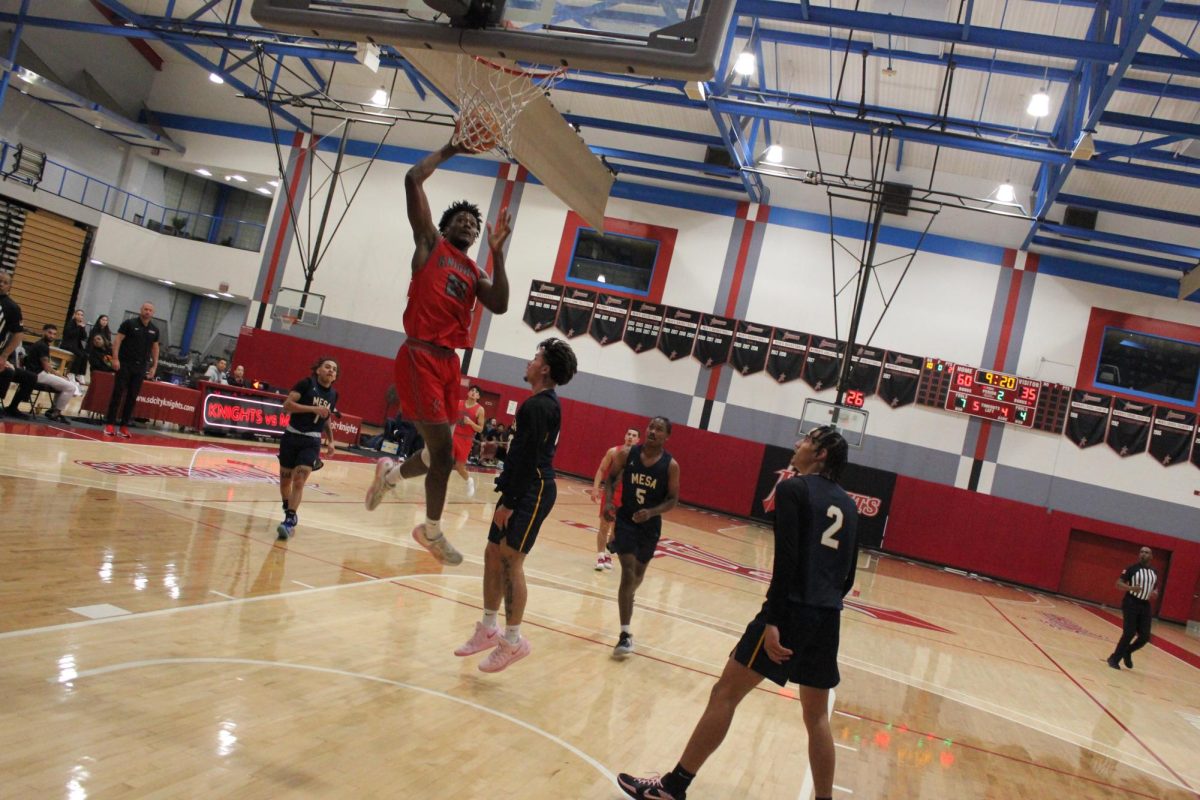


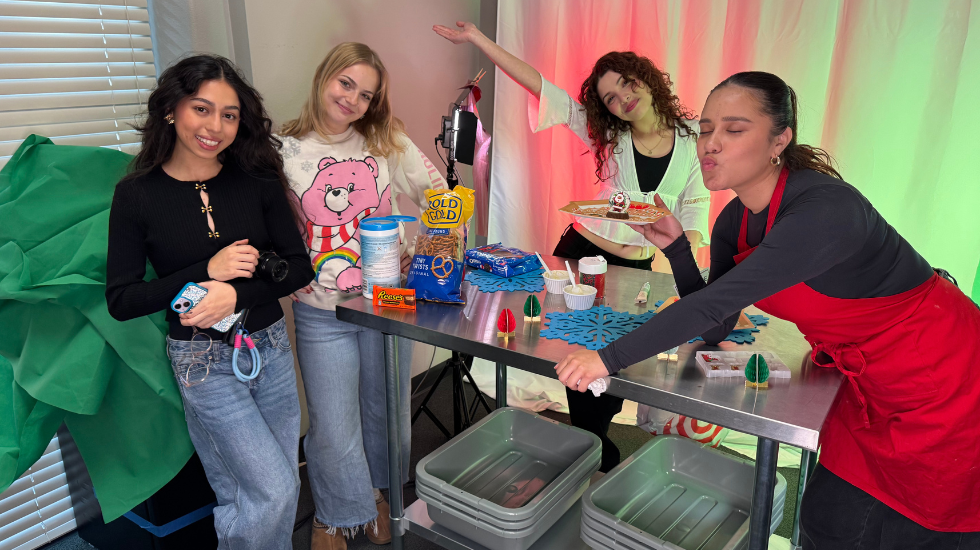

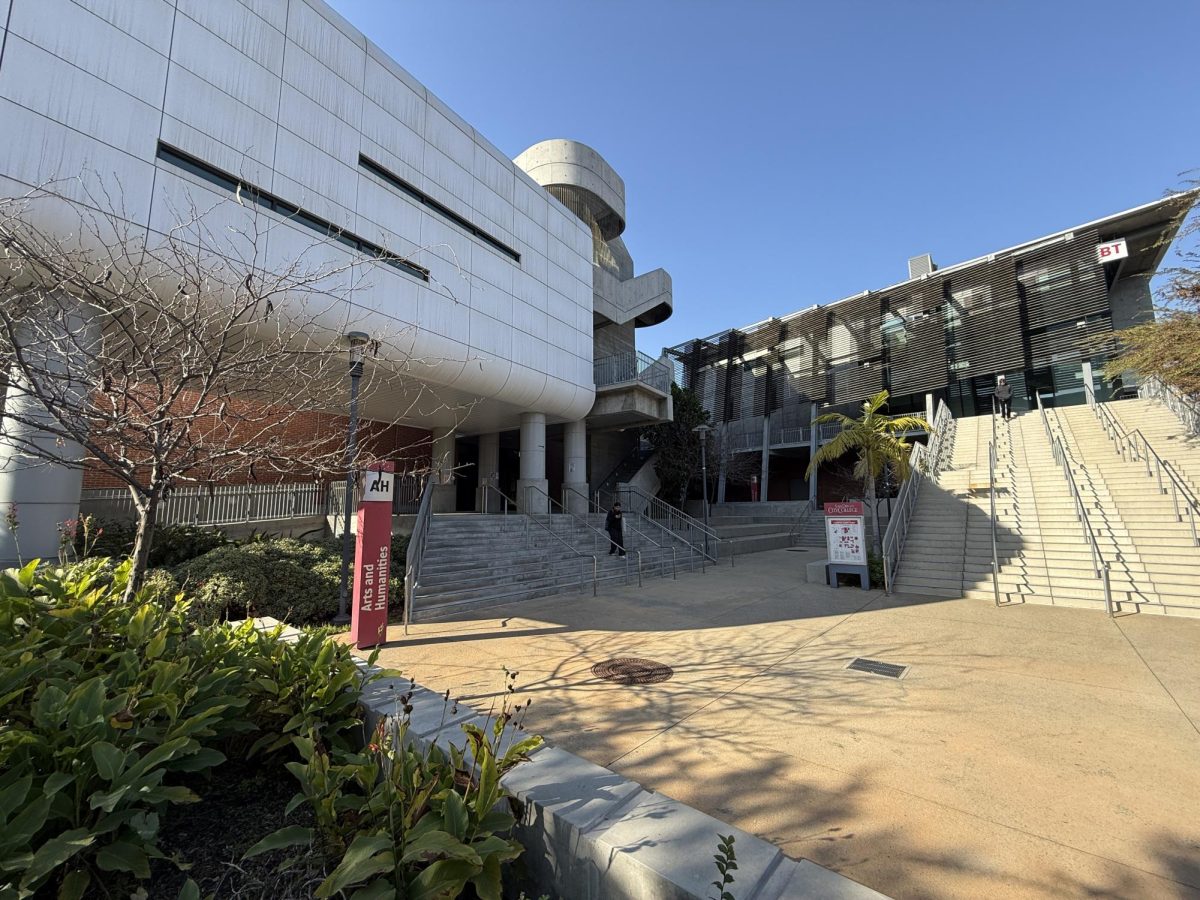

Veggiol Npdol • Mar 26, 2015 at 9:23 am
Well, if no one else is going to mention this, I will! I see two girls in white face. Yes, it’s obvious, there’s two of them. What does this mean?
It means that the Soviets could never get anything right, everything they did was an insult to someone somewhere. Whether or not they had good intentions for the world, they ended up merely making a mockery of their own ideals (white face as envy?) and then subjected the world to their flaws for nearly a century. They couldn’t contain their own people, how could they expect the remainder of it to see any good in their philosophy at all? Utopia in white face?
I don’t like this play anymore!